Using dried tea bags
look_out
12 years ago
Related Stories
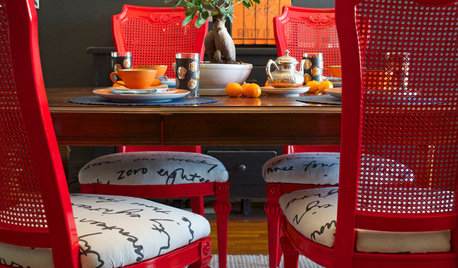
DIY PROJECTSDining Set Makeover: Paint and Tea-Tinted Fabric Make Old Chairs New
Reclaim dated dining chairs for far less than buying new, using spray paint, modern fabric and a handful of tea bags
Full Story
Guest Picks: Tea Towel Mania
Drying the dishes is far more fun with one of these clever, cute or just plain pretty tea towels
Full Story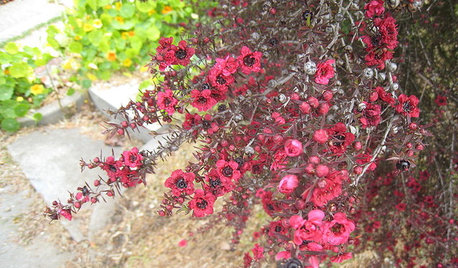
GARDENING GUIDESGreat Design Plant: New Zealand Tea Tree
Balance pretty polish and ruggedness in a temperate garden with this low-maintenance and drought-tolerant flowering shrub
Full Story
ENTERTAININGThe Busy Mom's Guide to Throwing a Kids' Holiday Tea Party
Even Fancy Nancy would thrill to be a guest at this easy event, where no one will know the shortcuts but you
Full Story
Bean Bags: A Surprising Answer for Chic Comfort
Sink into a new generation of squishy, go-anywhere seating
Full Story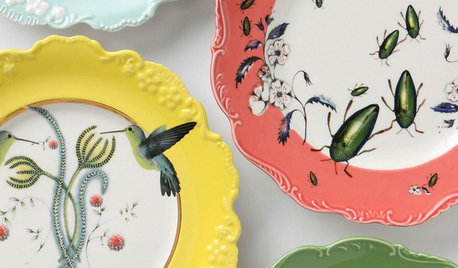
PRODUCT PICKSGuest Picks: Dishes and Tea Towels That Bring a Smile
Eat your heart out with kitchen accessories that put the "fun" in "functional"
Full Story
FEEL-GOOD HOME12 Very Useful Things I've Learned From Designers
These simple ideas can make life at home more efficient and enjoyable
Full Story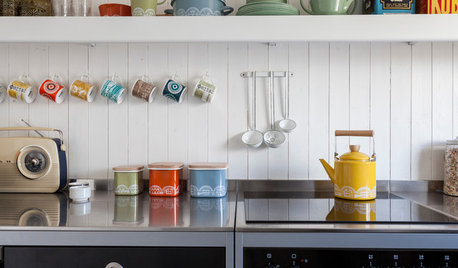
LIFEHow Do You Make Your Tea and Coffee in the Morning?
A morning cup is a must for many, and preparation comes in many guises. We look at coffee and tea habits across the Houzz community
Full Story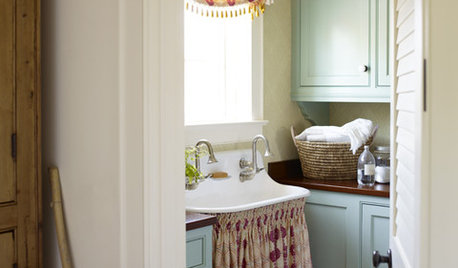
BATHROOM SINKSVintage Style: When, Why and How to Use a Sink Skirt
There’s no skirting the issue: There are times when this retro look is just right
Full Story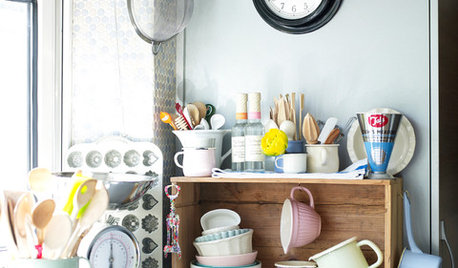
KITCHEN STORAGEKitchen Storage Hacks to Make Use of Every Space
Cupboards full? Try these kitchen ideas for working more valuable storage into your cooking space
Full Story


PeterK2
sbryce_gw
Related Discussions
Tea bags, Coffee ground and nuts for plants
Q
using tea bags around pots
Q
Dried mint too weak for tea
Q
Can I feed mostly tea bags and coffee grounds?
Q
boreal_wormer
look_outOriginal Author
morgan_3
sbryce_gw
11otis
look_outOriginal Author
morgan_3
sbryce_gw
PeterK2
morgan_3
emily_ak
11otis
PeterK2
User
sbryce_gw
PeterK2
look_outOriginal Author
equinoxequinox
morgan_3
sbryce_gw
equinoxequinox